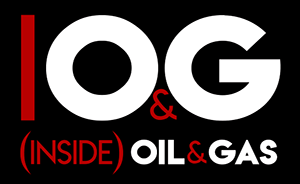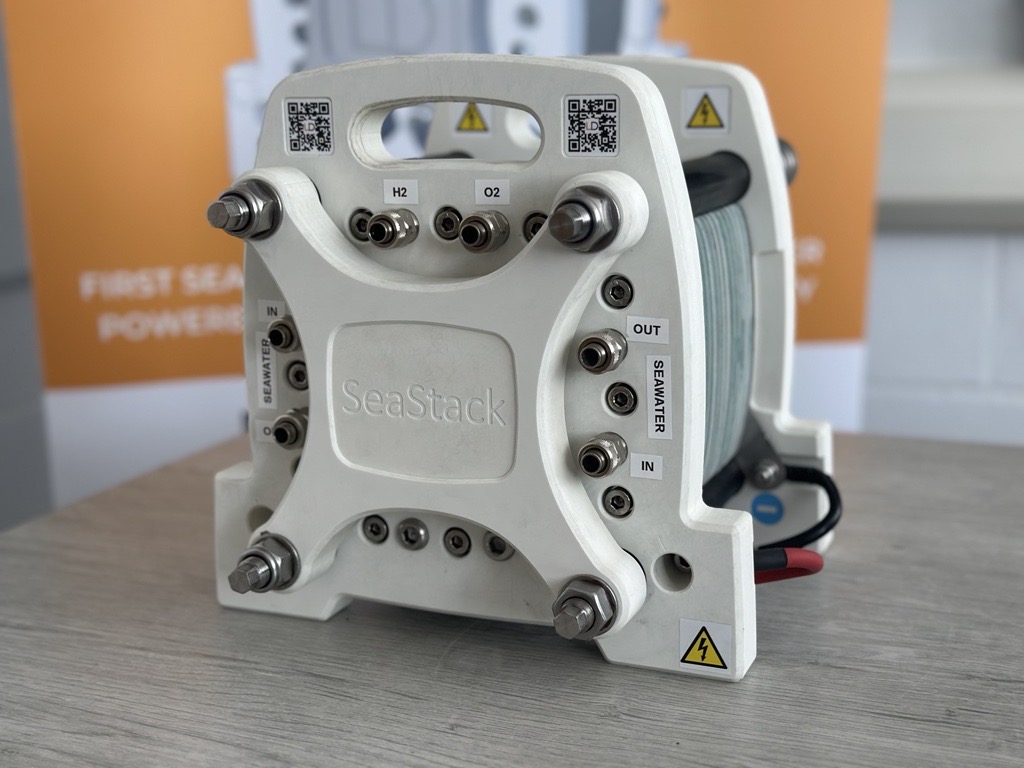Latent Drive, developer of ground-breaking technologies to produce abundant and affordable green hydrogen at source, has won a £630,000 grant under Innovate UK’s Launchpad South West Marine and Maritime competition. This will fund a demonstration trial to fuel a harbour patrol vessel with green hydrogen, produced directly from seawater and renewable energy using Latent Drive’s SeaStack technology.
The HydroPort trials are led by Latent Drive, supported by Dorset Council and hosted by Portland Port, in collaboration with Logan Energy, SALINE Business Services and the University of Exeter’s Centre for Future Clean Mobility. They will assess the market potential for SeaStack in decarbonising ports – especially as operators respond to government targets and public demand for evermore offshore renewables.
SeaStack is the world’s first commercial direct seawater-to-hydrogen electrolyser stack, optimised for installation offshore. It has a wide operating range to capture more wind energy at low cost, and is designed to produce green hydrogen direct from seawater for less than $2/kg. SeaStack is designed for use on harbour walls, offshore wind turbines, and floating platforms to make best use of energy supplies and refuelling sites.
The Dorset coast has huge potential to become a leading renewables super cluster, with a growing pipeline of planned projects. This includes the 10th February PortWind agreement with IKEA-backed renewables developer, Source Galileo, for up to 2 gigawatts of offshore wind capacity – enough to power around 3 million UK homes. The area also offers significant hydrogen storage capacity in underground salt caverns, on a sufficient scale for refuelling trans-Atlantic shipping. To reach net zero by 2050 it is estimated that 60 million tonnes of green hydrogen will be required annually for marine fuels.
Frazer Ely, CEO and Founder of Latent Drive said: “Huge thanks to our own team, and the wider HydroPort consortium, for beating tough competition to win this substantial grant from Innovate UK. We are grateful for this ongoing government support which will help to demonstrate how our SeaStack electrolyser can revolutionise clean hydrogen production, location and economics – without expensive desalination or rare metals – in a global market projected to be worth $642 billion by 2030.”
ERM, the world’s largest advisory firm focused solely on sustainability, recently issued an independent report analysing the overall hydrogen market, green hydrogen from wind and resulting opportunities for SeaStack. Based on low and high hydrogen adoption scenarios in the UK and Europe, the report outlines SeaStack’s competitive advantages, positions it as a solution to increasing grid congestion and water stress, and explores optimal routes-to-market.
According to ERM, the UK is expected to deploy up to 9GW of offshore wind powered electrolyser capacity by 2040. That’s from a current baseline of zero, with 2.4GW of electrolyser projects announced up to 2030, and 6.3GW announced up to 2040. Meanwhile Europe is expected to deploy up to 90GW of offshore wind powered electrolyser capacity by 2040.
Tom Haughton, Partner at ERM and report co-author, commented: “The incorporation of electrolysers into offshore wind energy plants is increasingly beneficial for offshore wind farms far from shore, where electrical cable connection to land becomes progressively more uneconomic. Direct seawater electrolysis could potentially improve the overall system efficiency and reduce costs as the technology matures.”
Darren Gee, Programme Manager at the Net Zero Technology Centre concluded: “Electrolyser technology is an exciting sector right now, and the technological breakthroughs of today will pave the way for the green energy solutions of tomorrow. Together with key industry partners, we have identified Latent Drive’s SeaStack as a ground-breaking technology in this space – scalable and with the potential to significantly push the boundaries of hydrogen production.”
Find out more, from the energy transition and beyond, here…


